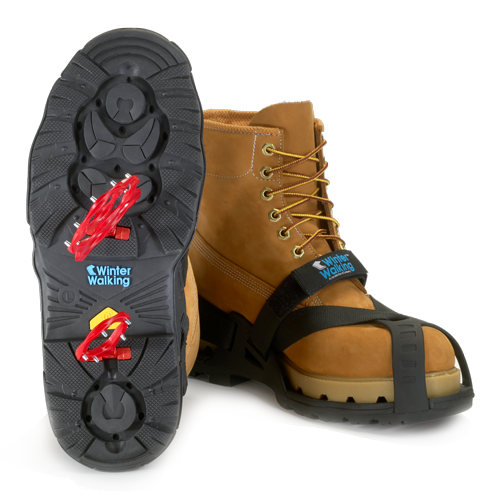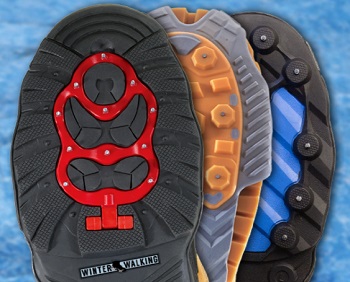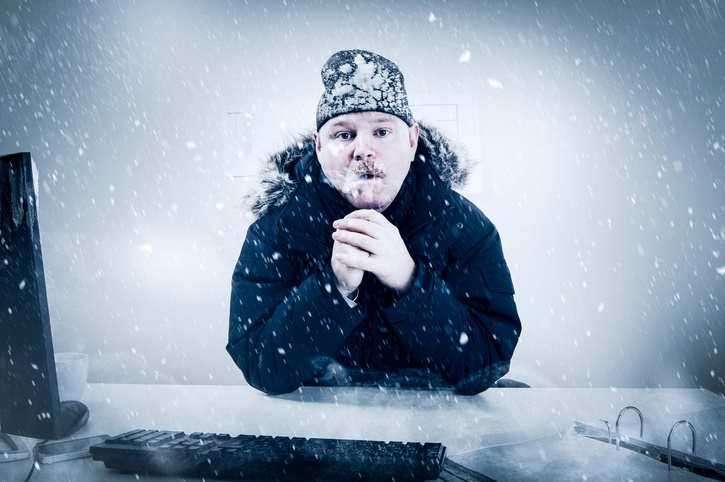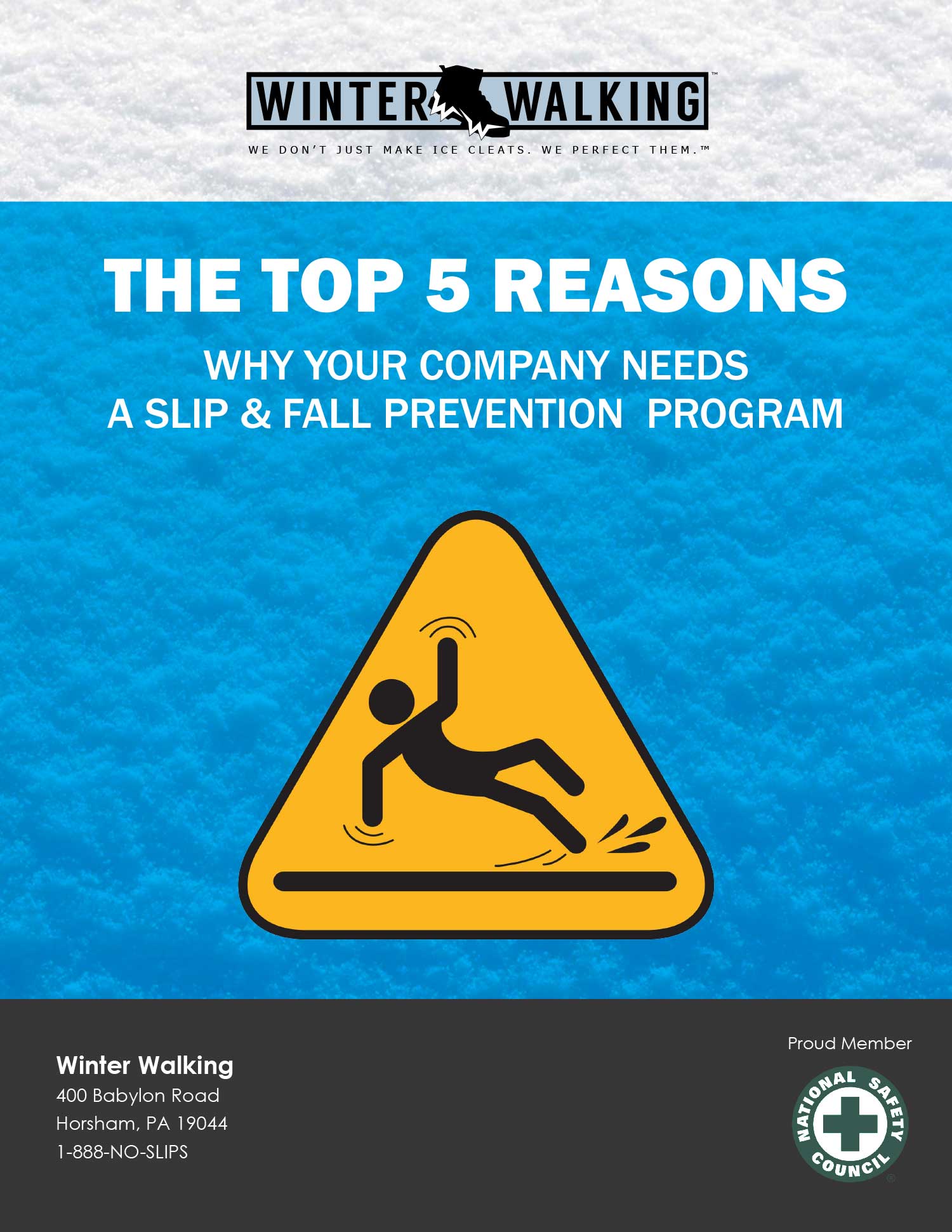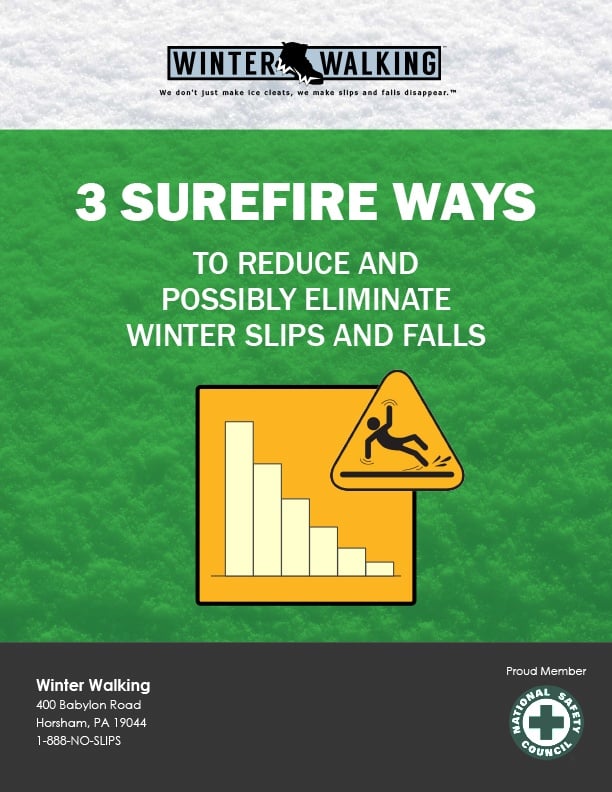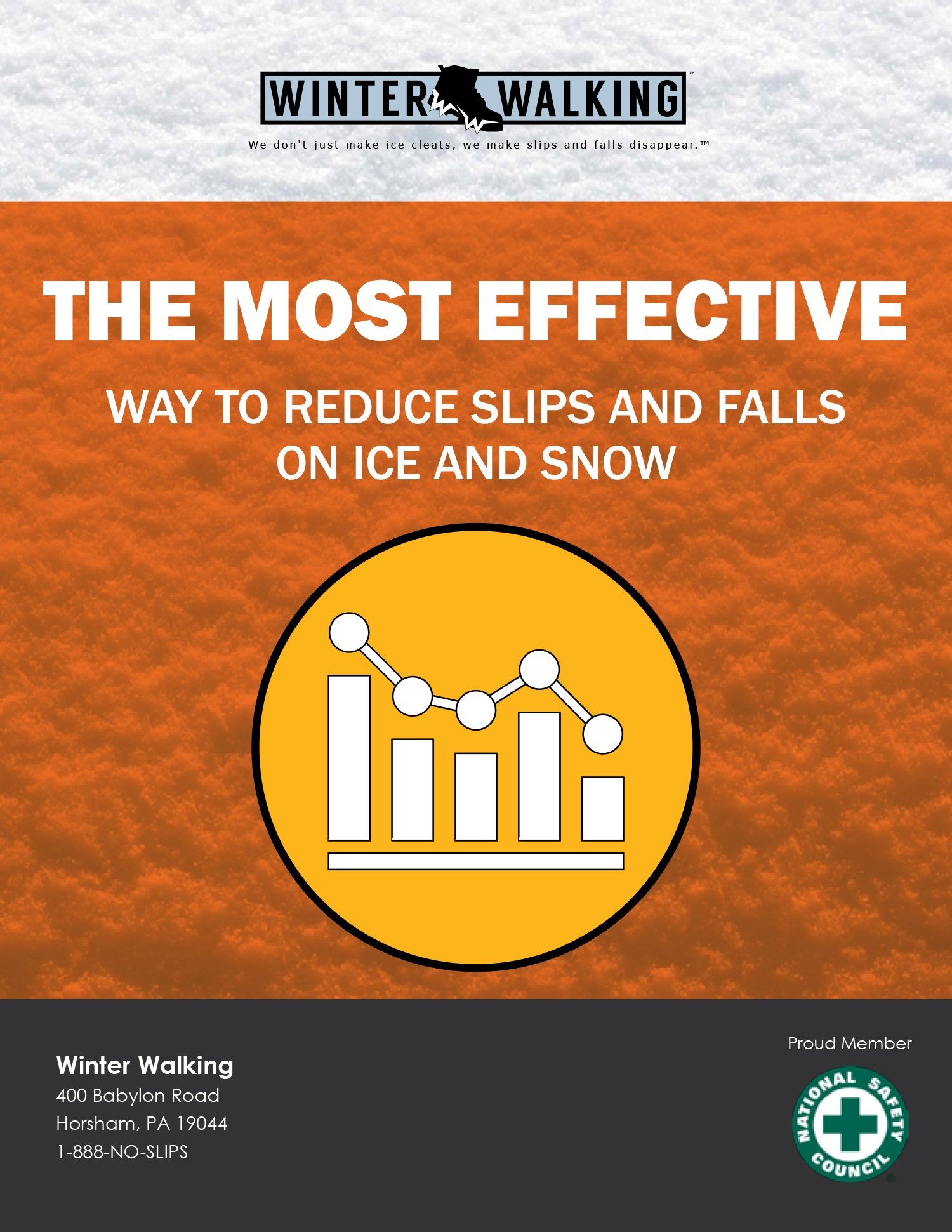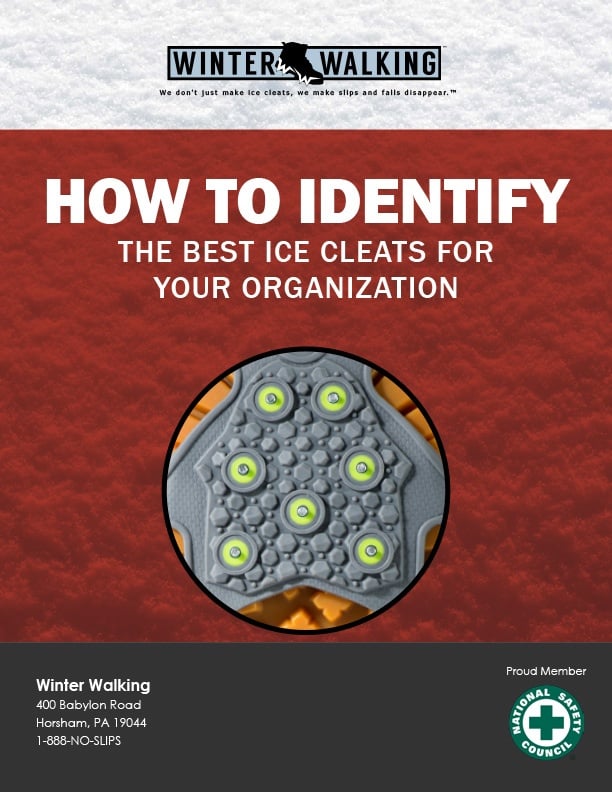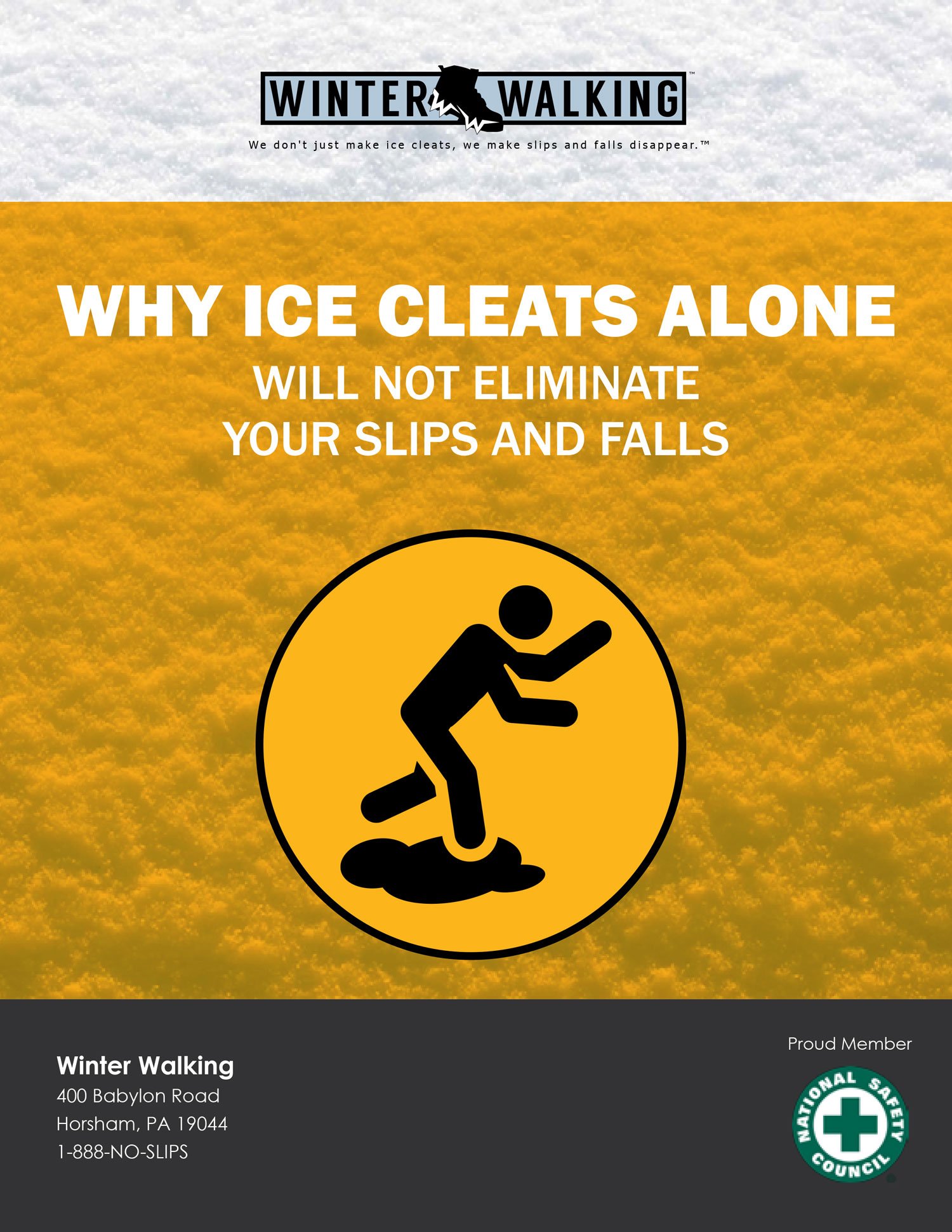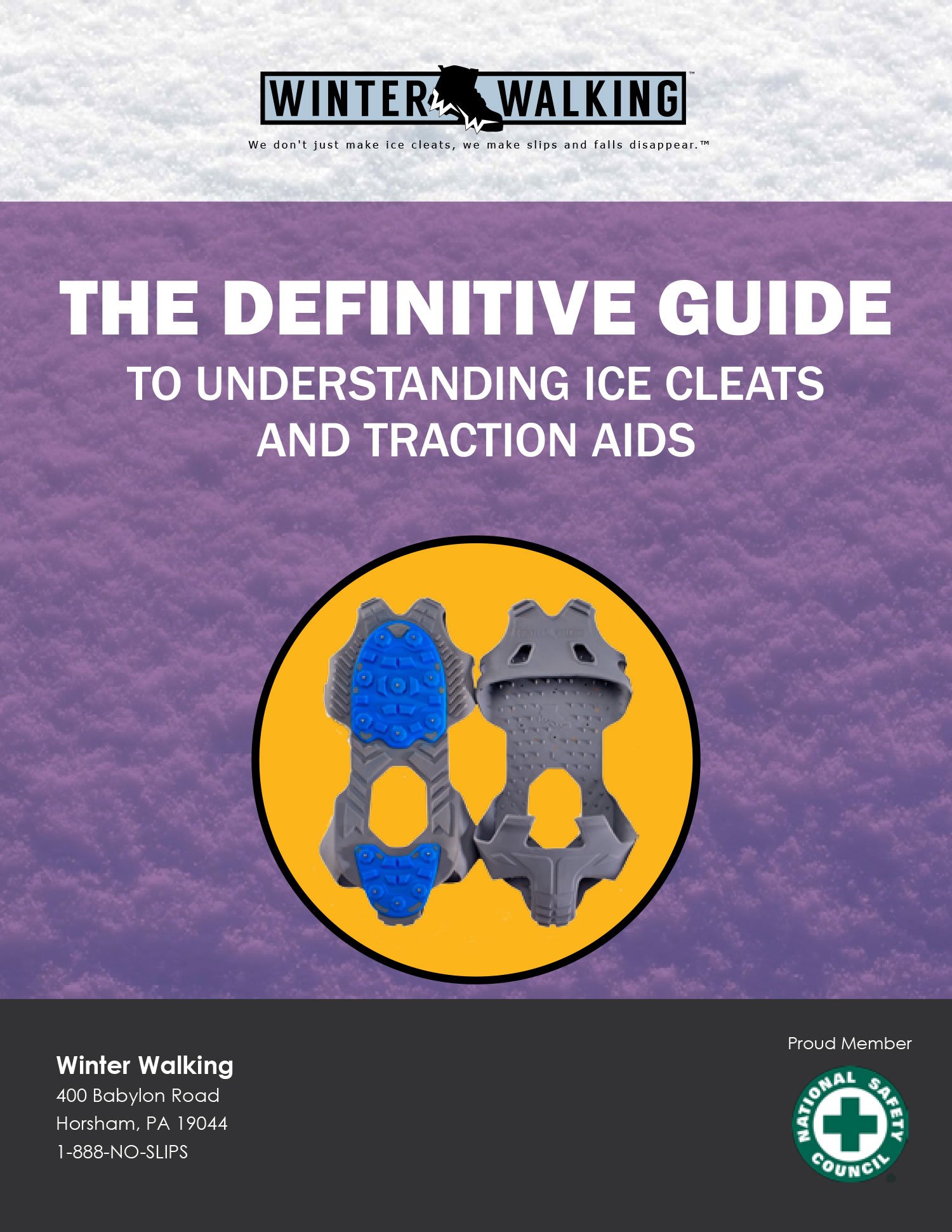If you’re bored one day, type “ice cleats” into your preferred search engine. How many results do you get? Hundreds of thousands. So why does this matter? Well, it means ice cleats are popular. Would they be as prevalent today if they didn’t work? Interesting question. Let’s look into this: If you analyze the 800,000 results you’ll find from your Google search, you will quickly uncover two major obstacles that make investing in ice cleats a difficult decision for any safety professional:
Continue Reading
If a fireman asks you to check your smoke detectors, would you consider responding with: “We haven’t had any fires this year, so I’ll test them the next time we do.” Sounds ridiculous, doesn’t it? What if I told you that I hear tales of similar scenarios when I call a new contact and ask if they’ve tested their ice cleats yet? What many people don’t realize is that you don’t actually need ice and snow on the ground in order to conduct an ice cleat test. All ice cleats are built to increase traction on ice and snow – that part is easy. If they didn’t work, they wouldn’t exist.
Continue Reading
Driving to work one day, I was thinking about a customer of mine who has been buying our shoe ice cleats and winter traction aids for over 15 years. (Several years ago, I was honored to be invited to their corporate safety meeting to talk about their slip and fall prevention program.) When I think about this company, I appreciate how they continue to promote our ice traction slip-ons before and during winter. They always remind employees about the current, approved shoe ice cleats and safety footwear available. And corporate EHS always educates their employees about the benefits of wearing the[…]
Continue Reading
Recently, I recalled a disturbing conversation I had with a Senior Safety Manager at a large company. He had expressed his frustration to me that after working so hard to establish a winter ice cleat program, he was still having trouble getting his employees to participate. Despite his ongoing effort to improve the company safety record by preventing slips, trips and falls in ice and snow, it was just not a priority for others in his organization. I told him that, in my experience, the best run safety programs all have one key component in common: unwavering support from management.
Continue Reading
I once read an article about a boy who referred to himself as an expert juggler. And that got me thinking: What does one have to do exactly to be considered an expert at juggling? Soon after, I was reminded of the “10,000-hour theory,” created by K. Anders Ericsson – and made popular by Malcolm Gladwell and Geoffrey Colvin. If you're not familiar with this theory, it states that after 10,000 hours of practice at anything, you will have reached a level of expertise.
Continue Reading
Do you you know the top 3 safety tips for your profession? Let’s face it, if you’re a safety professional, it all comes down improving your safety record. And there’s one big unknown when it comes to where that record will stand at the end of the year: Winter weather. Here are three tried-and-true – and quite simple – ways to keep your employees safer in bad weather – and eliminate slip and fall incidents on snow and ice.
Continue Reading

